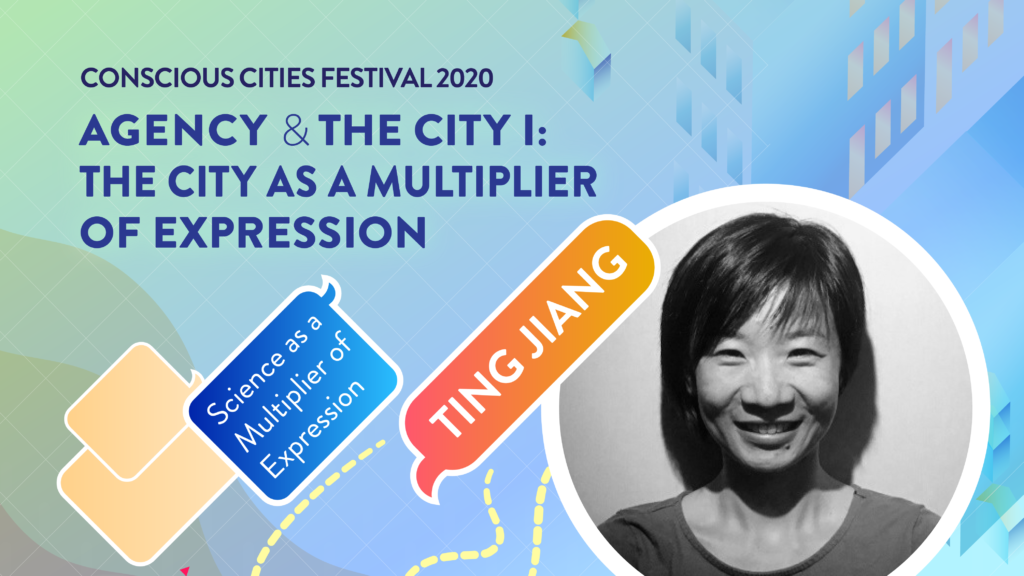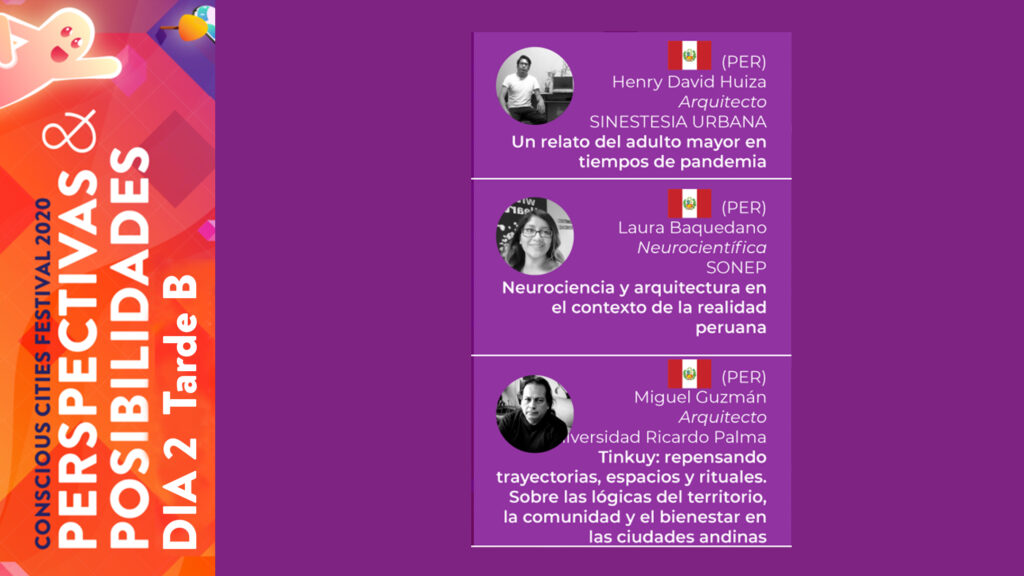Political alertness
According to German Marxist philosopher Friedrich Engels’ writings, the story of the working class in cotton industry changed ever since “Jane” –the first cotton machine- replaced manual work. Suddenly, independent working people in the rural districts of England were forced to give up their land and enter the logic of machines, whereby their manual contribution was underestimated. Many of them immigrated to the cities to adjust to the new industrial spirit. London, being a leader of this new reality was driven not only to change everyday rhythm and the urban reality, but also to alter the fabric of its population.
Engels describes the cruelty under which the working class in London were living; mentioning conditions of a social war. He outlines in detail the congealed districts of the working class, their slums and rookeries, providing us with images of incredible chaos, brutality and indigence.
However, the introduction of machines in the lives of mankind eventually pushed people to escape the state of “being a machine”. Engels writes that a farmer’s life in the agricultural areas of Britain was ‘mentally dead’, paternalistically romantic and generally unworthy for a human being. People living in the boonies didn’t consciously participate in any urban form of living and the routine of their lives, he deemed as political oblivion1. Hence, we highlight the antithesis between people who participate in city life and those who through lack of participation facilitate others’ political intentions. A city is a political field where consciousness is being tested as people contribute to an overall evolving plan. This leads to the following query: What is a conscious city if not its conscious people? A conscious city is a politeia (a state) that reflects the consciousness of decisions of the people who live within it, practically meaning their participation and contribution to the commons.
The idea of a city, polis, should be inseparable from the notion of political alertness and awareness, since conscience is an insistent effort and a constant pursuit of advanced realization of our being as political2. Our consciousness conduces to an activation of a global network of relationships, interactivity and mutuality which can become an instrument in the hands of people when deciding their future.
The prefix meta-: Distinguishing historic from social time
Cities are not monolithic structures. They are constantly evolving scenes where different social layers interact in a pragmatic and sometimes dramatic context. Horizontal networks, vertical hierarchies, urban paradigms and their subversions outline the character of a city, whether organized or chaotic.
Moreover, structures and the way we give form to our surroundings become representations of the intellect, of collective memory and of the political unconscious. They constitute the amount of information that gives form (informs) to corporeality and a network of everyday relationships.
First, to understand cities, we propose seeing them through two parameters that define it: temporality and spatiality, in order to comprehend the urban phenomenon both as historic and social, since the first describes objective reality of historic facts and the second the time needed by conscience to realize objectivity. Through the dialectical affiliation of these two parameters, polis as a notional dipole is formed and is suggested to be kept in a prolific contradistinction under the term ‘meta’ (e.g. metapolis).
In greek, ‘meta’ has two meanings. On the one hand, ‘meta’ means ‘after’ (post), i.e. B appears after A. In this case, ‘meta’ refers to a chronological sequence. On the other hand, ‘meta’ also means ‘along with’, i.e. A accompanies B. In this case, ‘meta’ means spatial coexistence. Hence, ‘meta’ reveals a double observation position, both opposite to the facts and at the same time along with them and this is how meta-polis writes history: by con-science.
With this notional tool, a city can be described in either temporal or spatial terms, either as a historical phenomenon, successiveness, or a social phenomenon, attendance. Under the compressive character of ‘meta’, we perceive urban environments as meta-cities and our urban dipole remains conjunct and strongly referential to the outside.
By distinguishing historic from social time we endeavor to detect the very substance of conscience. In greek, conscience is called syneidisi (syn-eidisi) and means a notice (eidisi) that follows or accompanies a first signal. We argue that social time is the amount of facts that follow or accompany historic facts. It is like talking about two different lives: facts on the one hand and their realization on the other. In the context of these two parameters, we see urban space as the composite condition where the social and the historical meet.
Moreover, we argue that urban space, under the notion of meta-city, describes a process of civilization, including both historical and social time; thus, containing correspondingly the successiveness of eras in an objective manner, and the time needed for societies to change. Zoli professes: “Each time, a city is inscribed into a long cultural sequence, of which it is the utmost incident”3.
Justice and Defense
We further try to go deeper to the parameters that define the urban phenomenon as a meta-reality. Plato in Republic refers to justice and safekeeping in a city. First and foremost, the origin of a city is accompanied by the ideas of just and the unjust4. The broad sense of justice is inseparable from the birth of the urban phenomenon. This in turn highlights historic time as a series of facts that could be described in terms of equitableness. However, social time appears as the regulatory factor that ascribes to objectivity its relativity. Plato detects justice as the space between what is finest and what is worst, i.e. correspondingly not to punish, but also not to justify the unjust5. According to Plato it’s best when people arrange their lives so they don’t need a drowsy judge6. In other words, conscience constitutes the gradual adopting of justice in its perspective. Hence, conscience is the interpersonal quality that nestles inside social dynamics, which could be inscribed in an overall historic vehicle.
Secondly, defense is important for cities, since danger appears to be everywhere. Designing a city’s defense lies on being alert towards the danger standing by and on realizing the insistency of a city’s enemies. Plato sees the safekeeping of a city as science7. Indeed, it is a challenge to conscience to design a defensive policy for meta-cities, which try to encapsulate a global plan, as opposed to its predecessor metropolis that has been a manifestation of things in several technological levels, such as transportation.
Metropolis, Meta-cities, and the Metapolis
According to Marxism, space is considered as symbol of social relationships and as a profoundly political place. Hence, in order to approach the quality of conscience that characterized metropolis in a collective level, we have to try to outline its political essence.
Parallel to the evolution of philosophical thought in the industrial city of the 18th and 19th centuries, urban and social space turns into a collision field between the rising urban middle class and working class newcomers. In Paris of 1853, Baron Haussmann, begins an urban reformation by opening up large boulevards inside the densely populated working class districts. Cities reorganized and urban planning became a conscious act in order to defend from internal turbulences. In time, control and surveillance become the new parameters of city guarding. Public space, such as streets and squares, are the first to be controlled.
A city is a condition which more or less efficiently meets its citizens. Also it is a context within which consciousness develops. How would a historian describe the contemporary urban period in about 50 years from now?
Could a meta-city be the answer to our prior questions? A meta-city, metapolis, incorporates an advanced form of urbanization processes. After renaissance cities and the metropolis of the industrial revolution, meta-polis is the third evolution of modern cities8. A meta-city represents a universal predominance of the civic, and the liberation from the compulsions of history and geography, promoting new perspectives9.
The idea of the meta-polis was first introduced by the French sociologist and philosopher Francois Ascher (1946-2009). According to Ascher, a metapolis is a heterogeneous field constituting an evolution of the former metropolis, and an effort to assimilate premeditated consciousness. This, concerning the global character aspired by a meta-city, asymmetrically gives form to its urban profile. Hence, discontinuity of spaces could be seen as one of its characteristics, as assimilation happens slowly and without spatial cohesion. For Francois Ascher, meta-polis is the city of places and flows.
Meta-cities and beyond
Contemporary cities of the 21st century mainly embody consummation-centered societies. In these urban realities, the foundations of urbanization processes tremble, for consciousness is not something you conquer and then forget. Rather it is a constant battle against oblivion, which turns up and each time people depend on certainties. From this point of view, the postmodern condition of uncertainty is a blessing. The exposure to a vague reality can be alternatively seen as a challenge to rediscover the political in our lives and redefine priorities.
In a world of image, the imaginative becomes a wrap of the political. Knowledge is substituted by information, spatial distance by thought and space by time, which leads us to the question: How is the urban phenomenon defined? Meta-polis is a notional maneuver and a definition of a reality that eludes complete definition in sentences due to its double character, the notion of ‘meta’ is not easy to grasp. For, if our present condition is adequately a conscious one, we should fail to end up to a “final vocabulary”, i.e. as Rorty defines it, words are as far as he can go with language10. This little word ‘meta’ is just a small contribution towards an attempted representation…
Under the prefix ‘meta’, the intention is to embrace the idea of change and cultural progress. Thus, a meta-city represents an idea of processing and an effort to catch up with consciousness that is actually the political and polis.
References
1 Engels Fr., 1974, The Condition of the working class in England, Bayron Ed., Athens, p.43
2 Aristotle, Politics, Α, 1253a 1-5; Α, 1252b – 1253a 33 – “Human beings are by nature political animals, because nature, which does nothing in vain, has equipped them with speech, which enables them to communicate moral concepts such as justice which are formative of the household and city-state (1253a1-18).” https://plato.stanford.edu/entries/aristotle-politics/index.html
3 Joly R., La ville et la civilization urbaine, sygxroni epoxi, Athens, 1991, p.46
4 Plato, Republic, II 369 A
5 Ibid. II 359 A
6 Ibid. III 405 C
7 Ibid. IV 428 C, D
8 Kefalogiannis N., Papastergiou Ch., Metapolis in: http://www.greekarchitects.gr/gr/διερευνήσεις/metapolis-id105, 15.3.2006 (accessed 15.11.2017)
9 Aisopos I., Simaioforidis G., From metropolis to metapolis, To Vima, 07.12.1997
10 Rorty R., Contingency, Irony, and Solidarity, Cambridge Univeristy Press, New York, 1989, p.73










